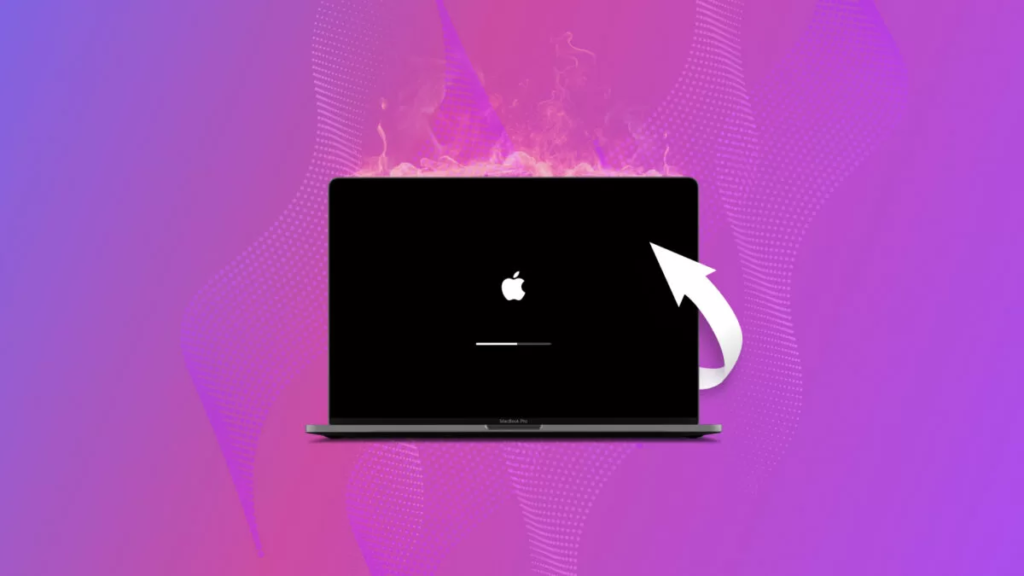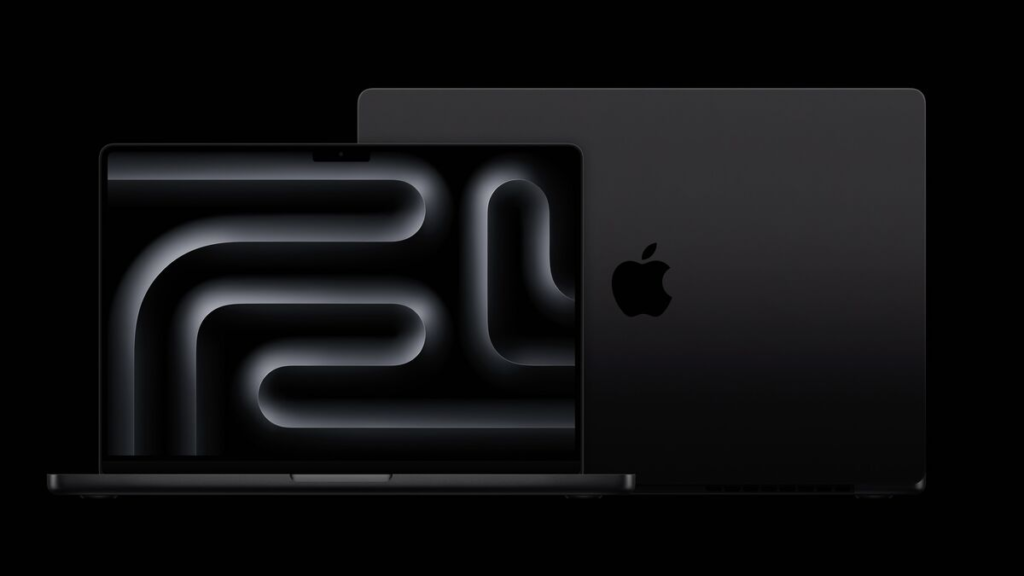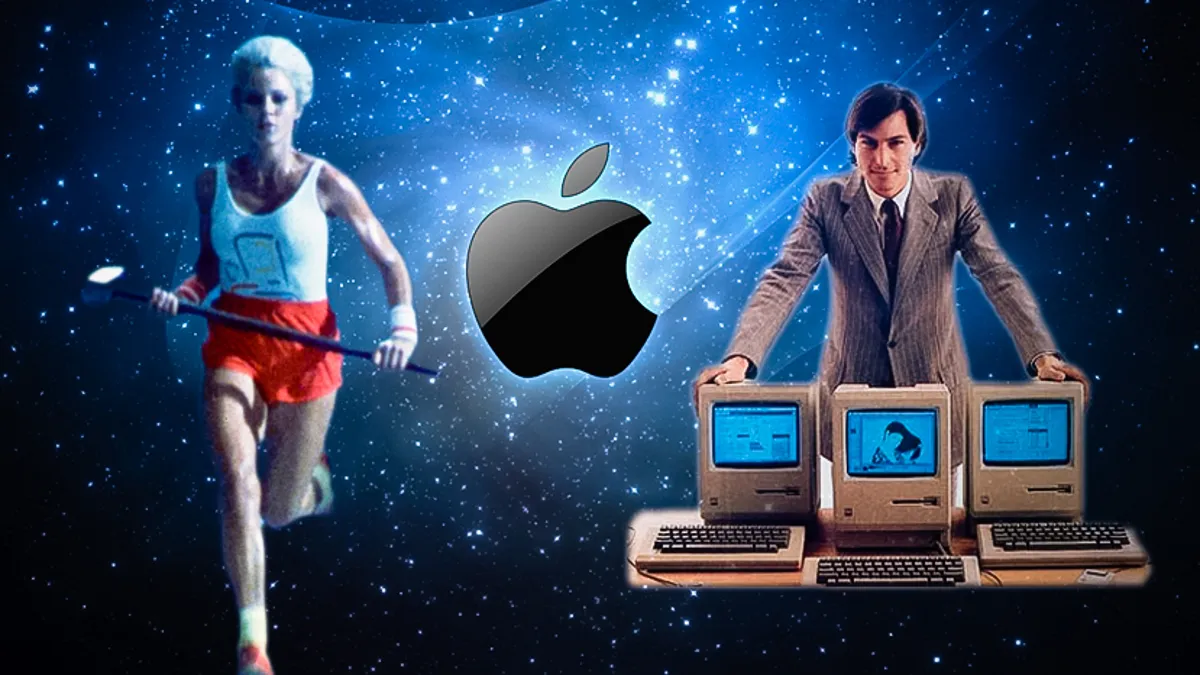The Apple Macintosh, often referred to simply as the “Mac,” has been a defining force in the personal computing world since its debut in 1984. Over the years, it has seen numerous “turns” or pivotal moments that have shaped its legacy and impacted the broader computing industry. From its innovative user interface to hardware changes and shifts in design philosophy, the mac turns has consistently been at the forefront of technological advancement. This article explores the key turning points in the evolution of the Mac and how it transformed both the personal computing landscape and the lives of its users.
The Birth of the Macintosh (1984)
The first and perhaps most significant “Mac turn” happened on January 24, 1984, when Steve Jobs unveiled the original Macintosh. This moment is often regarded as a watershed in the history of personal computing. What made the original Macintosh revolutionary wasn’t just its sleek, compact design but also its introduction of the graphical user interface (GUI), a departure from the text-based command lines that dominated computing at the time.
The Mac was the first commercially successful computer to feature a GUI, complete with windows, icons, and a mouse. This innovation democratized computing for everyday people, allowing non-technical users to interact with computers in ways that were more intuitive. Apple’s famous “1984” Super Bowl commercial, directed by Ridley Scott, positioned the Mac as a symbol of rebellion against conformity, casting IBM as the metaphorical “Big Brother” from George Orwell’s novel 1984. This not only helped to cement Apple’s brand identity but also contributed to the cultural impact of the Mac.

The PowerPC Era (1994-2006)
In the early 1990s, Apple faced growing competition from PCs running Microsoft Windows, which had begun to adopt many of the graphical features that once made the Mac unique. To stay competitive, Apple made a major shift in 1994 by partnering with IBM and Motorola to develop the PowerPC architecture, replacing the aging Motorola 68000 series processors that had powered earlier Macs.
The move to PowerPC was a bold step that gave the Mac a performance edge over Intel-based PCs for a time. Macs running PowerPC chips were faster and more efficient in handling multimedia tasks, which appealed to professionals in fields such as graphic design, video editing, and music production. This period saw the release of iconic models like the Power Mac, which became a favorite among creative professionals, reinforcing Apple’s stronghold in the creative industries.
The Return of Steve Jobs and the Birth of the iMac (1998)
One of the most dramatic turns in the history of the Mac was the return of Steve Jobs to Apple in 1997. The company had been struggling financially, and many thought it was on the verge of collapse. Jobs quickly implemented a series of strategic changes that would not only save Apple but also revitalize the Mac product line.
In 1998, Apple introduced the iMac, a product that was as much a design statement as it was a technological innovation. The iMac G3, with its translucent, colorful casing, stood in stark contrast to the beige boxes that dominated the PC market at the time. Its all-in-one design, which integrated the computer and monitor into a single unit, was a bold move that simplified the user experience and helped to make computing more accessible.
Beyond its aesthetic appeal, the iMac was notable for being one of the first computers to do away with the floppy disk drive, signaling a shift towards the internet and external storage solutions like CD-ROMs and USB drives. This decision was controversial at the time but ultimately proved prescient, as it anticipated the future of digital media consumption.

The Shift to Intel Processors (2006)
Another major turn in the Mac’s evolution occurred in 2006 when Apple made the surprising decision to transition its entire line of computers from PowerPC processors to Intel chips. This move was driven by the need for better performance and energy efficiency, areas where Intel chips had begun to outpace PowerPC processors. The switch to Intel also allowed Macs to run Windows through a feature called Boot Camp, which appealed to users who needed to use both macOS and Windows for different tasks.
The transition to Intel was a significant technical challenge for Apple, as it required rewriting much of the macOS to be compatible with Intel architecture. However, it paid off by giving Apple access to faster, more efficient processors, which in turn allowed the company to create thinner, lighter, and more powerful laptops and desktops. This period also saw the rise of the MacBook line, which quickly became one of Apple’s best-selling products.
macOS: The Software Evolution
As the hardware of Mac computers evolved, so did the software. macOS (formerly known as Mac OS X) has been a key component of the Mac experience. First introduced in 2001, macOS represented a major shift from the classic Mac OS. Based on a UNIX core, macOS brought greater stability, security, and flexibility to the Mac platform. Its user-friendly design, combined with powerful under-the-hood capabilities, made it a favorite among both casual users and professionals.
Over the years, macOS has continued to evolve, adding features like Spotlight search, Mission Control, and more recently, a tight integration with Apple’s ecosystem of devices, including the iPhone and iPad. This has allowed for seamless synchronization of data and tasks across devices, further enhancing the user experience.
The Rise of MacBook and Mobile Computing
The introduction of the MacBook Air in 2008 marked another important turn for the Mac. At a time when most laptops were bulky and heavy, the MacBook Air’s ultra-thin design was revolutionary. It was marketed as the world’s thinnest laptop, and its portability made it an instant hit among students, travelers, and professionals on the go.
The MacBook Air also ushered in the era of solid-state drives (SSDs), which were faster and more reliable than traditional hard drives. Apple’s decision to eliminate the CD/DVD drive in favor of a slimmer, more portable design was initially controversial but, once again, proved to be ahead of its time as digital downloads and streaming services began to replace physical media.

The Apple Silicon Transition (2020-Present)
The most recent and perhaps one of the most significant turns in the history of the Mac is Apple’s transition to its own custom-designed processors, known as Apple Silicon. Announced in 2020, the shift away from Intel to Apple Silicon, starting with the M1 chip, represents a monumental change in the Mac’s architecture.
Apple Silicon is based on the ARM architecture, which has powered Apple’s iPhones and iPads for years. The transition to Apple Silicon has brought significant performance improvements, particularly in terms of power efficiency. The M1-powered Macs are not only faster than their Intel predecessors but also offer significantly longer battery life, making them ideal for mobile professionals.
This transition also gives Apple greater control over the entire Mac experience, from hardware to software, enabling deeper optimization and integration between macOS and Apple’s ecosystem of devices. The success of the M1 chip has already led to the introduction of more powerful variants like the M1 Pro, M1 Max, and the upcoming M2 chips, signaling that Apple is just getting started with its in-house silicon designs.
Conclusion
The history of the Mac is a story of continual reinvention and innovation. From the introduction of the graphical user interface in 1984 to the recent shift to Apple Silicon, each “turn” in the mac turns evolution has had a profound impact not only on the product itself but also on the broader computing industry. The Mac’s ability to balance form and function, design and performance, has made it a favorite among a wide range of users, from creative professionals to everyday consumers. As Apple continues to push the boundaries of what’s possible with its hardware and software, the Mac’s next turn promises to be just as transformative as those that came before.
